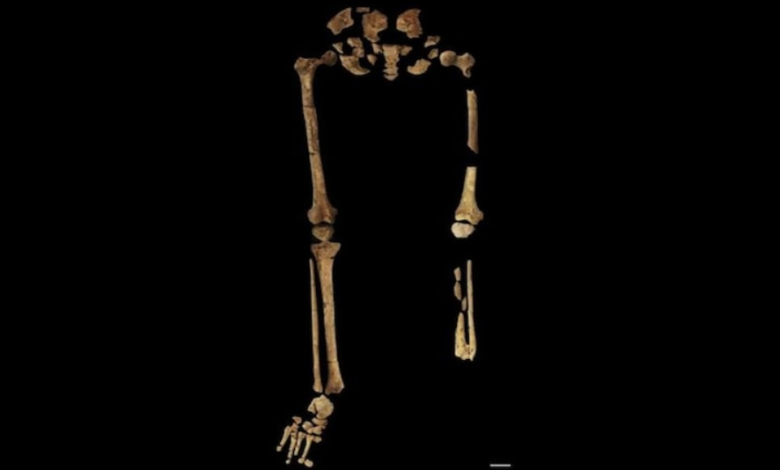World’s oldest amputation: Skeleton reveals leg was surgically cut 31,000 yrs ago

Researchers have unearthed the first evidence of the world’s oldest amputation that dates back to 31,000 years ago.
- The amputation was performed when the person was a child
- The skeleton, excavated from a cave in Borneo, in a rainforest region, was intact
- Researchers speculate that a sharp stone tool may have made the cut
Archeologists have found evidence of the world’s oldest amputational surgery in a man from 31,000 years ago. The skeleton of a young adult, found in a cave in Indonesia, is missing its left foot, and part of it revealed the oldest known evidence of an amputation.
Analysis revealed that the amputation was performed when the person was a child — and that the “patient” went on to live for years as an amputee. The first evidence of this pre-historical surgery reveals a unique fact about early humans, they were advancing in medicine way before we expected.
The study published in the journal Nature states that the evolution of medicine was from the emergence of settled agricultural societies around 10,000years ago, which gave rise to a host of health problems that had previously been unknown among non-sedentary foraging populations, stimulating the first major innovations in prehistoric medical practices.
The skeleton, excavated from a cave in Borneo, in a rainforest region, was intact. The only deformity it had was a missing left foot and the lower part of its left leg. Analysis revealed that the foot bones weren’t missing from the grave, or lost in an accident — they were carefully removed.
A single adult inhumation (TB1). The skull is to the right of the scale bar, as shown by the exposure of the supraorbital ridge. (Photo: Nature)
Researchers said that the individual survived the procedure and lived for another 69years before his remains were intentionally buried in Liang Tebo cave. The remaining leg bone showed a clean, slanted cut that healed over and there were no signs of infection, which would be expected if the child had gotten its leg bitten off by a creature like a crocodile.
“This unexpectedly early evidence of a successful limb amputation suggests that at least some modern human foraging groups in tropical Asia had developed sophisticated medical knowledge and skills long before the Neolithic farming transition,” the paper read.
While researchers don’t know what kind of tool was used to amputate the limb, or how the infection was prevented — but they speculate that a sharp stone tool may have made the cut, and point out that some of the rich plant life in the region has medicinal properties.
Before this find, the earliest example of amputation had been in a French farmer from 7,000 years ago, who had part of his forearm removed. Scientists had thought that advanced medical practices developed around 10,000 years ago, as humans settled down into agricultural societies, the study authors said.
This story has not been edited by News Mania staff and is published from a syndicated feed
Photo: Internet







